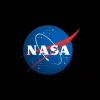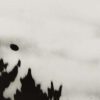Strange ‘dark hydrogen’ may exist deep inside giant gas planets0
- From Around the Web, Space
- June 29, 2016
Jupiter and Saturn could have a layer of darkness beneath their colourful surfaces – previously unseen “dark hydrogen”.
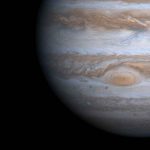
Jupiter and Saturn could have a layer of darkness beneath their colourful surfaces – previously unseen “dark hydrogen”.
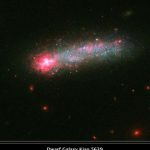
Fireworks shows are not just confined to Earth’s skies. NASA’s Hubble Space Telescope has captured a spectacular fireworks display in a small, nearby galaxy, which resembles a July 4th skyrocket.

A slice from the 4.5-billion-year-old Allende meteorite. This rock was formed along with the solar system.
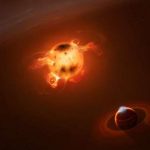
While monitoring a star barely two million years old called V830 Tau, located in the Taurus stellar nursery some 430 light years away, that an international team of astronomers discovered the youngest known hot Jupiter.
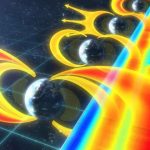
Scientists have observed huge plasma waves from space that has battered into earth like a giant space tsunami.

Astronomers have found far more planets like this in the cluster than expected.
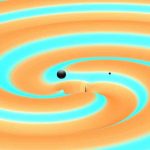
Following February’s historic announcement, LIGO has again spotted ripples in the fabric of spacetime, from the collision of a second set of black holes
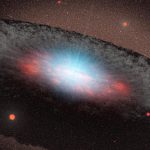
The supermassive black holes found at the centre of every galaxy, including our own Milky Way, may, on average, be smaller than we thought, according to work led by University of Southampton astronomer Dr Francesco Shankar.
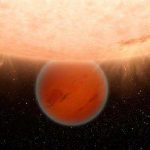
Hazes and clouds high up in the atmospheres of exoplanets may make them appear bigger than they really are, according to new research by astronomers at the Space Research Institute (IWF) of the Austrian Academy of Sciences.
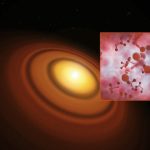
The organic molecule methyl alcohol (methanol) has been found by the Atacama Large Millimeter/Submillimeter Array (ALMA) in the TW Hydrae protoplanetary disc.

